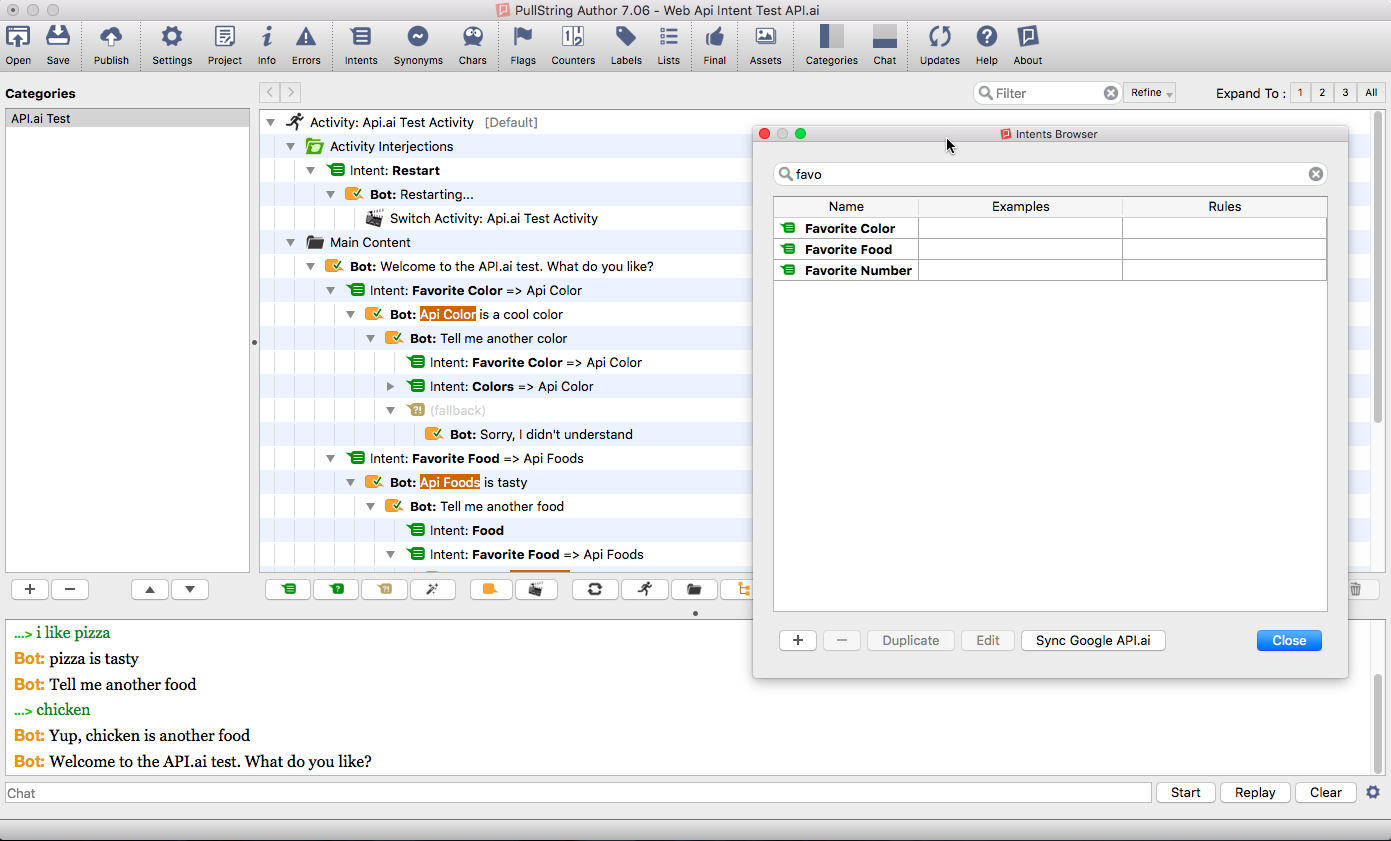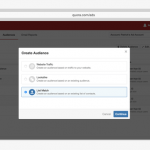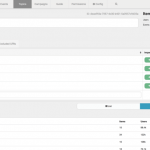PullString now allows marketers to choose their intent engine
The bot conversation platform says it’s the first to allow this kind of selection.
In a sign of the evolution of conversational bot platforms, PullString is now allowing marketers to choose from several third-party intent engines.
An intent engine takes “unstructured input and then [maps] it to known intent” from data supplied by the marketer, co-founder and CTO Martin Reddy told me.
He added that, to his knowledge, no other bot platform allows a user to select the intent engine from several choices. Some use a third-party engine, he said, but those are integrated and there is no other option.
As he wrote in a blog post announcing this feature:
“For example, a user request like ‘set the temperature to 70 degrees’ may be resolved to an action like ‘thermostat.setTemperature’ with a value of ‘70’ and units ‘F.’”
PullString also provides its own intent engine on the platform if so desired, but the marketer might have invested weeks or months training another intent engine about its own products on another bot platform.
The intent engine translates the natural language through its models into the values needed to generate responses, but the marketer’s team has to supply those categories, values and other data.
Additionally, each engine employs machine learning to improve their models over time, and allowing that intent engine on another platform means the investment in this kind of training can be transferred.
On the PullString platform, a marketer uses a menu to select from three of the four best known intent engines: Google’s API.ai, Facebook’s Wit.ai, or Microsoft’s LUIS.
PullString said that it will add the fourth, Amazon’s Lex, once that tech giant provides an API. The menu option means that the engine can be chosen without requiring integration by developers.
Here’s a screenshot showing a sample project integrating with the API.ai intent engine:
The third-party intent engine, which provides the front-end for the bot conversation, can be tweaked by PullString’s backend platform.
For instance, an intent output can be overridden by a specific rule if the engine isn’t providing the necessary results because, for instance, it has been insufficiently trained. PullString also allows the intents to be tuned for specific contexts, such as a location.
After the human’s response is translated into an appropriate intent, PullString provides dialog management, integration with outside databases or other resources, and collaborative workflows for dialogue creation. Dialog management includes handling of new topics, returning to old topics, timing of responses, and the like.
Marketing Land – Internet Marketing News, Strategies & Tips
(15)















